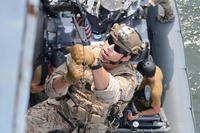“We would not eat.”
That is how disabled U.S. Navy veteran Juan Saro described a life without the Supplemental Nutrition Assistance Program, known as SNAP, which he and more than 40 millions of Americans—around 1-in-8 Americans—rely on for food assistance. That includes seniors, disabled individuals, and families with children.
About 1.2 million veterans are enrolled now, according to the National Council on Aging. More than 20,000 military families, 213,000 National Guard and Reserve members, and more than 1 million veterans, rely on such benefits, according to Veteran.com.
On Nov. 1, the distribution of SNAP benefits are expected to stop because of the shutdown and a ceasing of funding through the federal government even as money could be allocated towards the program. Some families are already planning for a month without grocery money.
One Onion
SNAP is his only way for Saro to keep food on the table for himself and two boys he cares for.
Saro survived a brain injury and post-traumatic stress disorder (PTSD) from his time in the Navy. He later worked as a sixth-grade teacher. But COVID-related health problems made it impossible to stay in the classroom.
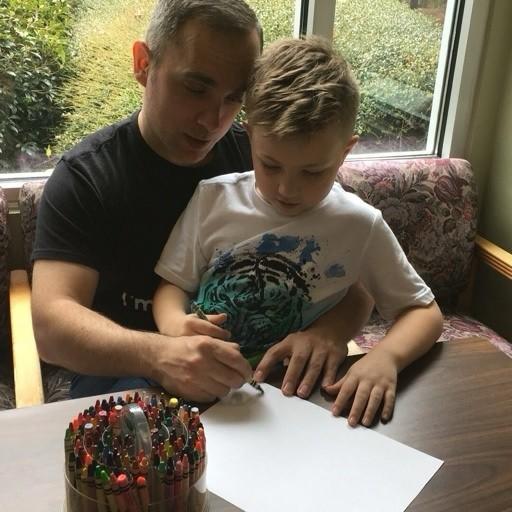
The veteran now lives on fixed disability payments from the Department of Veterans' Affairs (VA). By mid-month, the money runs out. Food runs out. SNAP becomes the difference between dinner and nothing at all.
“SNAP is everything,” Saro told Military.com. “Without SNAP, we would go hungry. We would not eat. We would not have food on the table. The boys would not have what they need.”
Saro said he once opened his refrigerator and saw one onion. He tried to stretch food for as long as possible.
Experts say that many veterans who qualify never apply, even though age, disability and fixed incomes put them at higher risks for hunger.
“I try not to let them see the struggle," Saro said. "They lost their mother. I want them to focus on school. I want their lives to feel normal.”
‘We Adapt. We Overcome.’
Saro says Sen. John Ossoff (D-GA) called him personally after hearing his story. He appreciated the conversation, but adds that phones do not fill stomachs.
“We adapt. We overcome. We persevere," Saro said. "That is what veterans do. But this should not be happening in America. Not in the richest country in the world.”
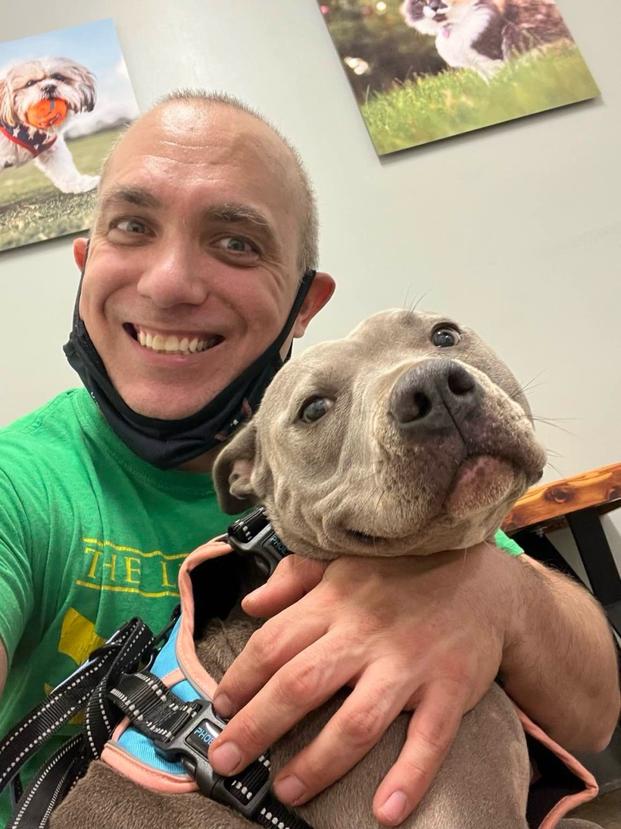
He has one message for Congress. “Stop making our food a talking point. Make it a priority.”
In the meantime, he is preparing for the worst. If November 1 comes with nothing in his account, he says the reality is brutally simple: “We would not eat.”
SNAP Crisis Hits Veterans
Veterans groups and food banks are bracing for a surge.
Fingers have been pointed in Washington. The Department of Agriculture blames Senate Democrats while Democrats say the Trump administration has the legal power to keep benefits flowing.
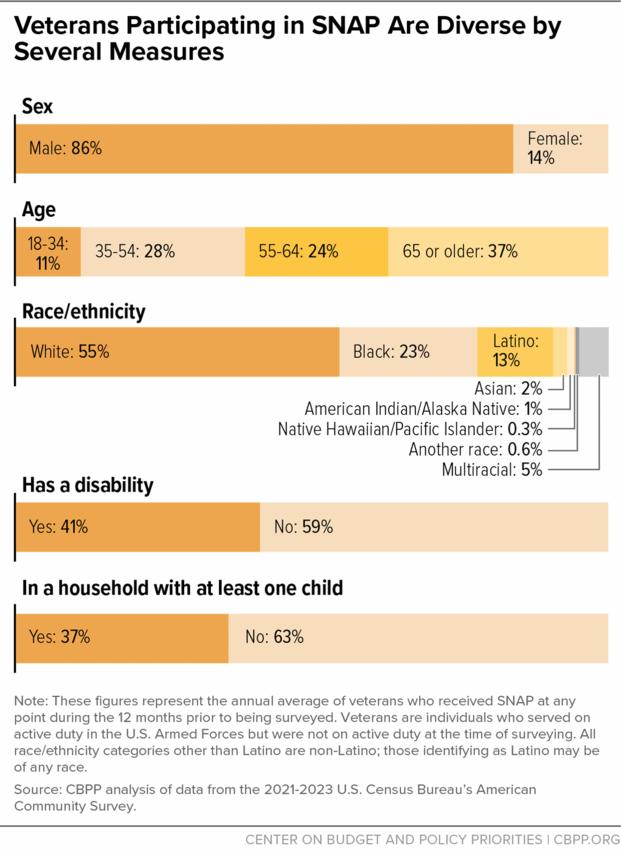
“We are approaching an inflection point for Senate Democrats," a USDA spokesperson told Military.com. "Continue to hold out for the far-left wing of the party or reopen the government so mothers, babies and the most vulnerable among us can receive timely WIC [Special Supplemental Nutrition Program for Women, Infants, and Children] and SNAP allotments.”
The VA told Military.com it could not answer SNAP-related questions, referring all inquiries back to USDA.
The Pentagon would not confirm how many troops or military families receive SNAP.
A Pentagon official told Military.com, “Our service members will always be our priority, and we are grateful to the many dedicated veteran and military service organizations that provide our troops support.”
Stepping Up
The Navy was the only service at press time to respond to Military.com’s request for comment on the expiring food assistance.
A spokesperson said the shutdown affects every branch and told families to use existing support programs. The Navy sent a link to a resource page for sailors and their families during the shutdown, including help with food, housing, counseling, child care, commissary updates and emergency financial aid:
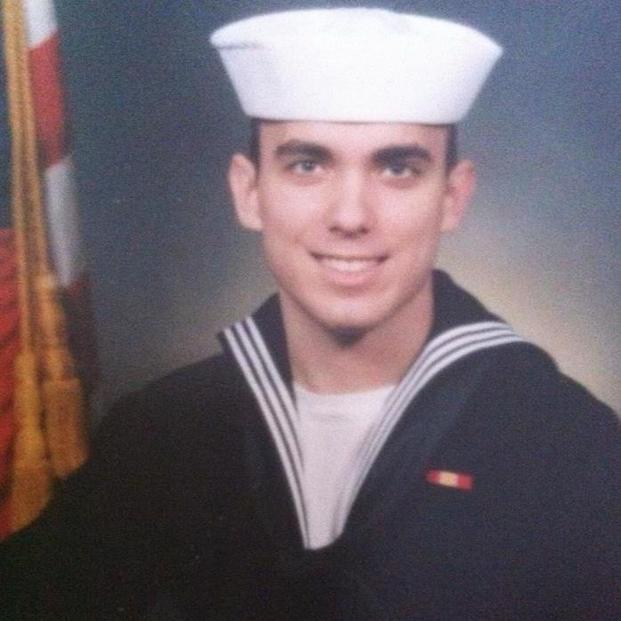
The Armed Services YMCA said it is already seeing early surges.
Hot spots include Fort Hood, San Diego, Norfolk, Alaska and other high-cost bases. Some sites moved from twice-monthly distributions to weekly food pickups. Emergency financial help is being triaged for families facing eviction and utility shutoffs.
Democrats: Trump Has the Money
Senate Democrats say USDA has the legal authority to continue SNAP during the shutdown.
Senator Patty Murray called it “outrageous” and accused President Trump of trying to starve Americans by refusing to tap the contingency fund. Her office said SNAP has billions in reserve funds that can legally cover November benefits.
Nonprofits are bracing for long lines, shortages, and parents skipping meals.















